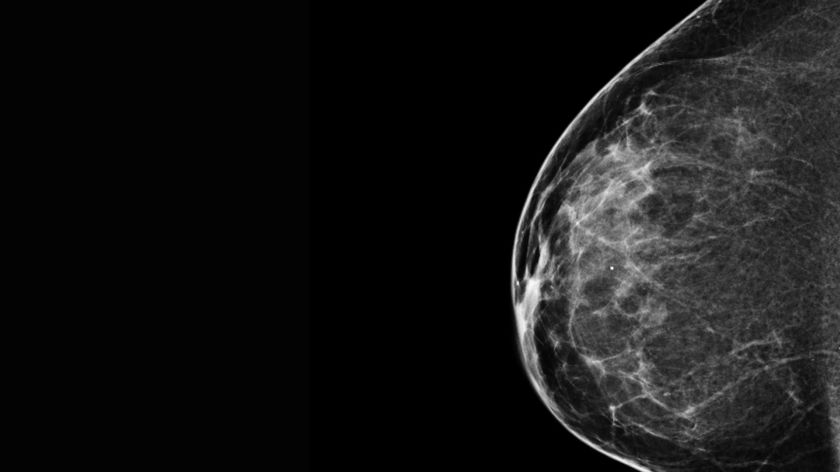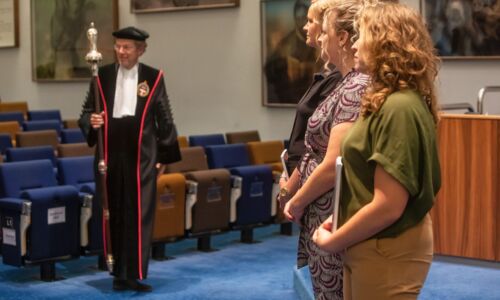Vici grant for smarter screening and treatment of breast cancer
-
 Photo: Flickr/National Cancer Institute, National Institutes of Health (CC BY-NC 2.0)
Photo: Flickr/National Cancer Institute, National Institutes of Health (CC BY-NC 2.0)
Twelve scientists received a Vici from NWO and ZonMW Monday. Radboudumc researcher Ioannis Sechopoulos is one of them. With his grant, he hopes to make breast cancer screening and treatment more effective.
Every year, more than half a million Dutch women participate in breast cancer screening programmes. As useful as it is – 1 in 7 women will develop breast cancer in her lifetime – such a mammogram is often strenuous, both physically and mentally. With a new Vici project, Radboudumc researcher Ioannis Sechopoulos hopes to reduce the number of women who are unnecessarily sent on for follow-up research. He also wants to improve treatments.
The project is one of twelve succesful Vici grant applications that research funders NWO and ZonMW announced Monday. Sechopoulos is the only Nijmegen laureate. Vici grants, worth 1.5 million euros each, are meant for highly experienced researchers and are part of the prestigious Talent Scheme, together with the Vidi, Veni and Rubicon grants.
Difficult distinction
The current techniques used for breast cancer screening and treatment can be improved, thinks Sechopoulos. ‘With mammography, for example, it is now difficult to distinguish between tumor tissue and a harmless cyst, a cavity filled with fluid. Those women now all have to undergo follow-up examinations.’ At the moment, 27 out of 1000 women are referred for further examination because something suspicious has been seen, according to figures from Population Survey of the Netherlands.
In his project, the Radboudumc scientist, who holds a professorship at the University of Twente, wants to investigate how one can separate e.g. cysts from tumors. He aims to do that by making two scans with different radiation settings, instead of only a single mammography. This allows for the determination of more characteristics of breast tissue. ‘New analysis software that we are going to develop can then estimate the probability of whether something is a tumor or a cyst. That is then a helpful tool for the radiologist who assesses the images.’
Improve treatment
In a similar way, the treatment of breast cancer can also be improved. At least that is Sechopoulos’ goal within the second part of his Vici project. Currently, the effectiveness of a intervention like radiation treatment is often assessed by looking whether a tumor has shrunk or not, he explains. But size does not always say everything. ‘Even a tumor that has remained the same size can actually be less active and dying.’
Again, by making multiple scans, the professor believes that the activity of a tumor can be better estimated. One scan would then be made when a contrast fluid flows into the breast, and many others when it flows out. Sechopoulos: ‘These scans can be informative of the tumor’s activity levels.’
‘One can use the same device for the entire process: from screening to treatment.’
The great thing, says the researcher, is that hospitals can use existing equipment for both novel screening and treatment types. ‘You don’t have to invest millions. With the same money, doctors can get more information. One can also use the same device for the entire process: from screening to treatment.’




